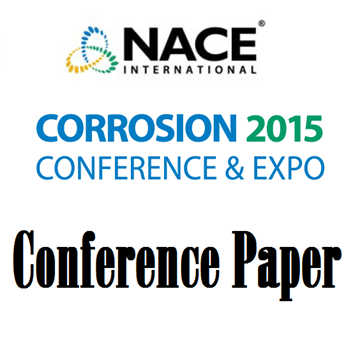Search
51312-01214-Can Acid Producing Bacteria Be Responsible for Very Severe MIC Pitting?
Also Purchased
08505 MIC of Steels by Iron Reducing Bacteria
Product Number:
51300-08505-SG
ISBN:
08505 2008 CP
Publication Date:
2008
$20.00
51315-6083-Don’t Just Blame the SRBs and APBs for MIC
Product Number:
51315-6083-SG
ISBN:
6083 2015 CP
Publication Date:
2015
$20.00
51312-01221-UNDERSTANDING PREVENTING & IDENTIFICATION OF MICROBIAL INDUCED EROSION-CORROSION (CHANNELLING) IN
Product Number:
51312-01221-SG
ISBN:
01221 2012 CP
Publication Date:
2012
$20.00




